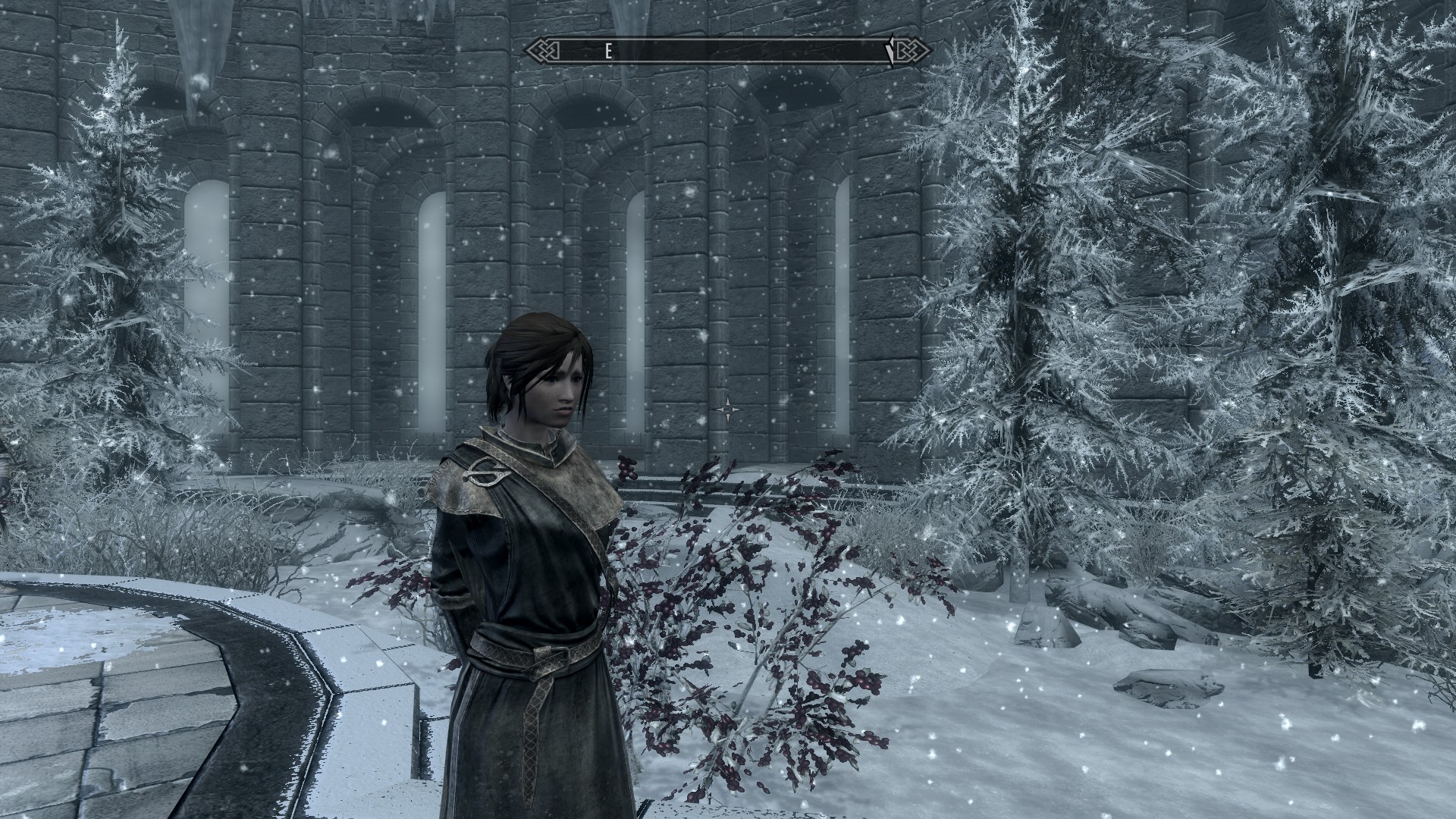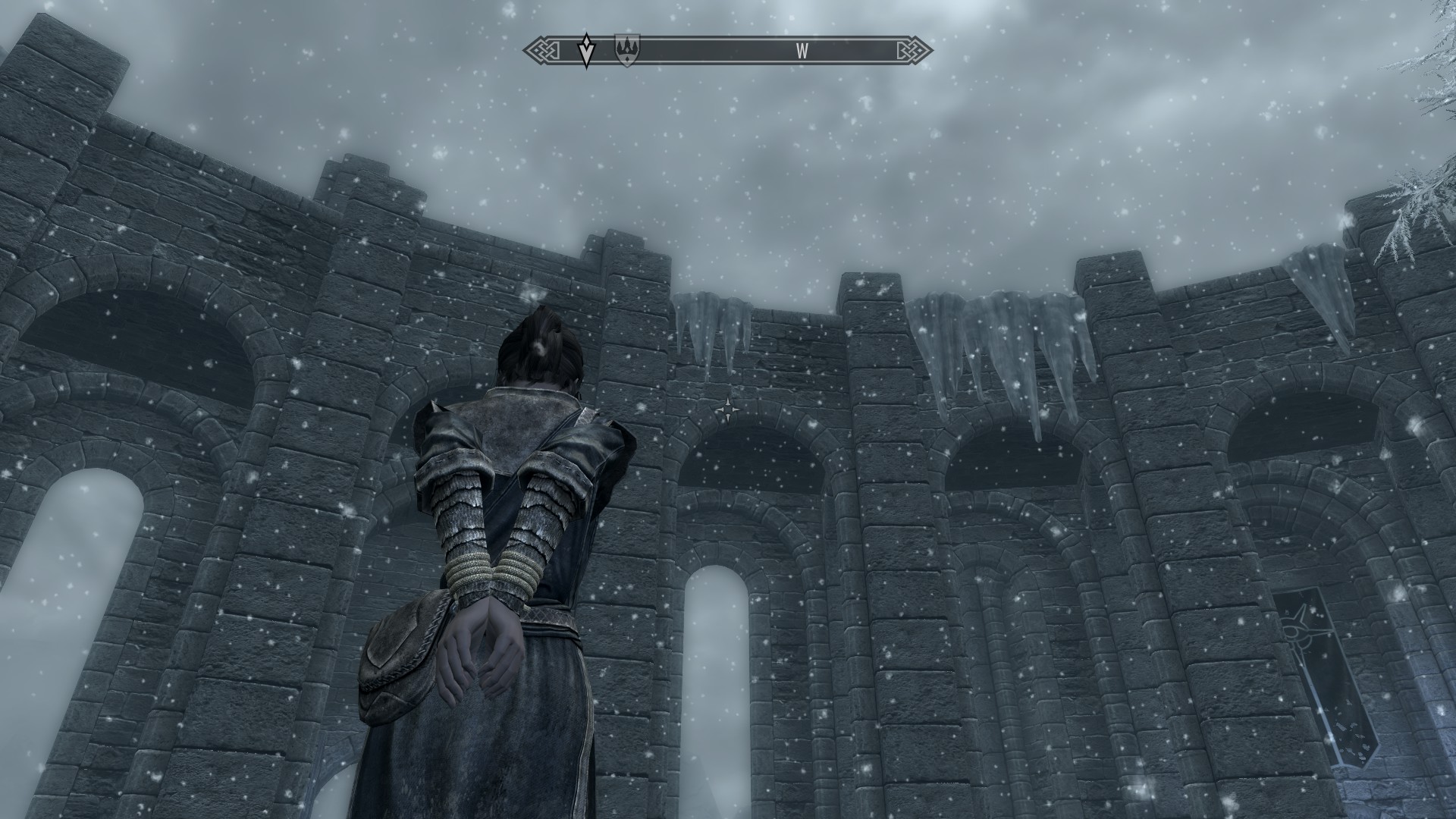Captured Mage Animation: The Ultimate Guide For Enthusiasts
When it comes to captured mage animation, the world is witnessing a revolution in visual storytelling. From mesmerizing spells to epic battles, these animations have captured the hearts of millions. If you're diving into this magical universe, you've come to the right place. This guide will take you on a journey through everything you need to know about captured mage animation. So, buckle up and get ready to explore!
Animation has always been a powerful medium for creativity, and when you mix it with the enchanting world of mages, the possibilities are endless. Captured mage animation is not just about drawing or rendering; it's about bringing an entire universe to life. Fans of fantasy and animation are flocking to platforms like YouTube, Netflix, and even indie studios to experience the magic.
In this guide, we’ll dive deep into the world of captured mage animation. We'll explore its history, techniques, popular examples, and even tips for creating your own animations. Whether you're a casual fan or an aspiring animator, this article will give you all the knowledge you need to level up your mage game. So, let's get started!
- Discover Iskcon Temples Your Guide To Divine Bliss Culture
- Derivatives Cheat Sheet Your Calculus Quick Reference Guide
What Exactly is Captured Mage Animation?
Alright, let's break it down. Captured mage animation refers to animated content that revolves around mages, wizards, and magical worlds. Think of it as a genre where every frame is steeped in sorcery, where characters wield spells, and epic battles unfold before your eyes. It’s like stepping into a book of fantasy but with moving visuals that make your imagination run wild.
What makes captured mage animation so special? Well, it combines the best of two worlds: animation and magic. The animation brings the magic to life, making it feel real and tangible. It's not just about drawing cool spells; it's about creating an entire universe where anything is possible. From fire-breathing dragons to enchanted forests, the sky's the limit.
And guess what? This genre isn’t just for kids. Adults love it too. There’s something about the combination of magic and animation that resonates with people of all ages. It taps into our inner child, reminding us of the wonder and awe that come with believing in something bigger than ourselves.
- Dominic Chianese From Sopranos To The Godfather More
- Alternatives To Apoquel For Dogs Is There A Better Option
History of Captured Mage Animation
Let’s rewind a bit and take a look at how captured mage animation came to be. Believe it or not, the roots of this genre go way back. Early animators were fascinated by the idea of bringing magic to life, and they started experimenting with it almost as soon as animation itself was invented.
One of the earliest examples of captured mage animation is Disney’s "Fantasia." Released in 1940, this film featured the iconic "Sorcerer’s Apprentice" sequence, where Mickey Mouse dons a wizard’s hat and casts spells. It was a groundbreaking moment in animation history, showing the world that magic could be animated in a way that felt both whimsical and powerful.
Fast forward to today, and the genre has exploded in popularity. With advancements in technology, animators can now create more detailed and realistic spells, creatures, and worlds. Shows like "The Witcher" and "Avatar: The Last Airbender" have become cultural phenomena, proving that captured mage animation has a place in the mainstream.
Key Milestones in Captured Mage Animation
Here are some key milestones that shaped the evolution of captured mage animation:
- 1940s: Disney's "Fantasia" sets the stage for magical animation.
- 1980s: Anime like "Dragon Ball" and "Sailor Moon" introduce Eastern influences to the genre.
- 2000s: Shows like "Avatar: The Last Airbender" bring a new level of storytelling to the table.
- 2020s: Streaming platforms like Netflix and Hulu invest heavily in captured mage animation, leading to a surge in popularity.
Each of these milestones contributed to the growth and evolution of captured mage animation, making it the vibrant genre it is today.
Techniques Used in Captured Mage Animation
Now that we’ve covered the history, let’s talk about the techniques animators use to bring captured mage animation to life. This is where the magic happens, literally. Animators employ a variety of techniques to create the illusion of magic on screen. Here’s a breakdown:
Traditional Animation
Traditional animation involves drawing each frame by hand. This method was used in early captured mage animations like "Fantasia" and is still used today for its unique charm. While it’s time-consuming, it allows for a level of detail and expressiveness that digital methods sometimes lack.
Computer-Generated Imagery (CGI)
CGI has revolutionized the world of animation, including captured mage animation. With CGI, animators can create stunningly realistic spells, creatures, and environments. Shows like "The Witcher" and "Castlevania" rely heavily on CGI to bring their magical worlds to life.
2D vs. 3D Animation
There’s an ongoing debate in the animation community about whether 2D or 3D animation is better for captured mage animation. Both have their strengths. 2D animation tends to be more stylized and expressive, while 3D animation offers greater realism and depth. Ultimately, the choice depends on the story being told and the animator’s vision.
Popular Examples of Captured Mage Animation
There are countless examples of captured mage animation out there, each with its own unique take on the genre. Let’s take a look at some of the most popular ones:
Avatar: The Last Airbender
This Nickelodeon show is often hailed as one of the best examples of captured mage animation. It combines elements of Eastern philosophy with a richly detailed world of magic. The bending system, where characters manipulate the elements, is both innovative and deeply rooted in tradition.
Harry Potter Animated Series
While there isn’t an official Harry Potter animated series (yet!), fan-made animations have taken the world by storm. These animations bring the beloved characters and spells to life in a way that’s both familiar and fresh.
The Witcher
Netflix’s "The Witcher" series includes a mix of live-action and animation, with the animated segments offering a deeper dive into the world of magic. The series showcases how captured mage animation can enhance storytelling, providing visual context that live-action alone can’t achieve.
How to Create Your Own Captured Mage Animation
So, you want to create your own captured mage animation? Great! Here’s a step-by-step guide to help you get started:
Step 1: Develop Your Concept
Every great animation starts with a solid concept. Ask yourself: What kind of magical world do you want to create? Who are your characters? What kind of spells will they cast? Take some time to flesh out your ideas before diving into the animation process.
Step 2: Choose Your Tools
There are plenty of tools available for creating captured mage animation. If you’re just starting out, software like Adobe Animate or Toon Boom might be a good choice. For more advanced animators, programs like Maya or Blender offer greater flexibility and control.
Step 3: Start Animating
Once you’ve got your concept and tools ready, it’s time to start animating. Begin with rough sketches to get a feel for the movement and flow of your characters and spells. From there, refine your animation until it’s polished and ready to share with the world.
Tips for Aspiring Animators
Creating captured mage animation isn’t easy, but with the right mindset and tools, anyone can do it. Here are a few tips to help you on your journey:
- Study the Masters: Watch as much captured mage animation as you can. Pay attention to how the animators use color, movement, and sound to enhance the magic.
- Practice, Practice, Practice: Animation is a skill that takes time to develop. The more you practice, the better you’ll get.
- Join a Community: There are tons of online communities dedicated to animation. Joining one can provide valuable feedback and support as you work on your projects.
Why Captured Mage Animation Matters
Captured mage animation is more than just entertainment; it’s a form of art that inspires and educates. It allows us to explore complex themes like good vs. evil, power, and morality in a way that’s both engaging and accessible. It also encourages creativity and imagination, reminding us that magic is still alive and well in the world.
Conclusion
In conclusion, captured mage animation is a vibrant and dynamic genre that continues to captivate audiences around the world. From its humble beginnings in early animation to its current status as a mainstream phenomenon, this genre has come a long way. Whether you’re a fan or an aspiring animator, there’s something magical about captured mage animation that resonates with everyone.
So, what are you waiting for? Dive into the world of captured mage animation and let your imagination run wild. And don’t forget to share your thoughts and creations with the world. Who knows? You might just inspire the next generation of animators!
Table of Contents
- What Exactly is Captured Mage Animation?
- History of Captured Mage Animation
- Techniques Used in Captured Mage Animation
- Popular Examples of Captured Mage Animation
- How to Create Your Own Captured Mage Animation
- Tips for Aspiring Animators
- Why Captured Mage Animation Matters
- Conclusion



Detail Author:
- Name : Michel Herzog
- Username : leatha69
- Email : demarco63@jones.net
- Birthdate : 1971-08-09
- Address : 453 Sandra Shoal Apt. 278 Gradyburgh, IL 91053
- Phone : 740-832-9353
- Company : Padberg PLC
- Job : Aircraft Structure Assemblers
- Bio : Praesentium quia reprehenderit non nihil nihil et et. Debitis qui exercitationem et accusantium. Fugiat numquam vitae perferendis temporibus eaque sunt. Illo voluptas ad animi alias voluptatem.
Socials
facebook:
- url : https://facebook.com/dschmidt
- username : dschmidt
- bio : Consequatur qui alias error sed id odio omnis.
- followers : 4645
- following : 638
twitter:
- url : https://twitter.com/dorris_schmidt
- username : dorris_schmidt
- bio : Excepturi dolores quis maiores nesciunt architecto at. Ea cumque sit eum. Aut autem dolor quo libero repellat nisi. Similique aut et minus tempora quis.
- followers : 5465
- following : 139